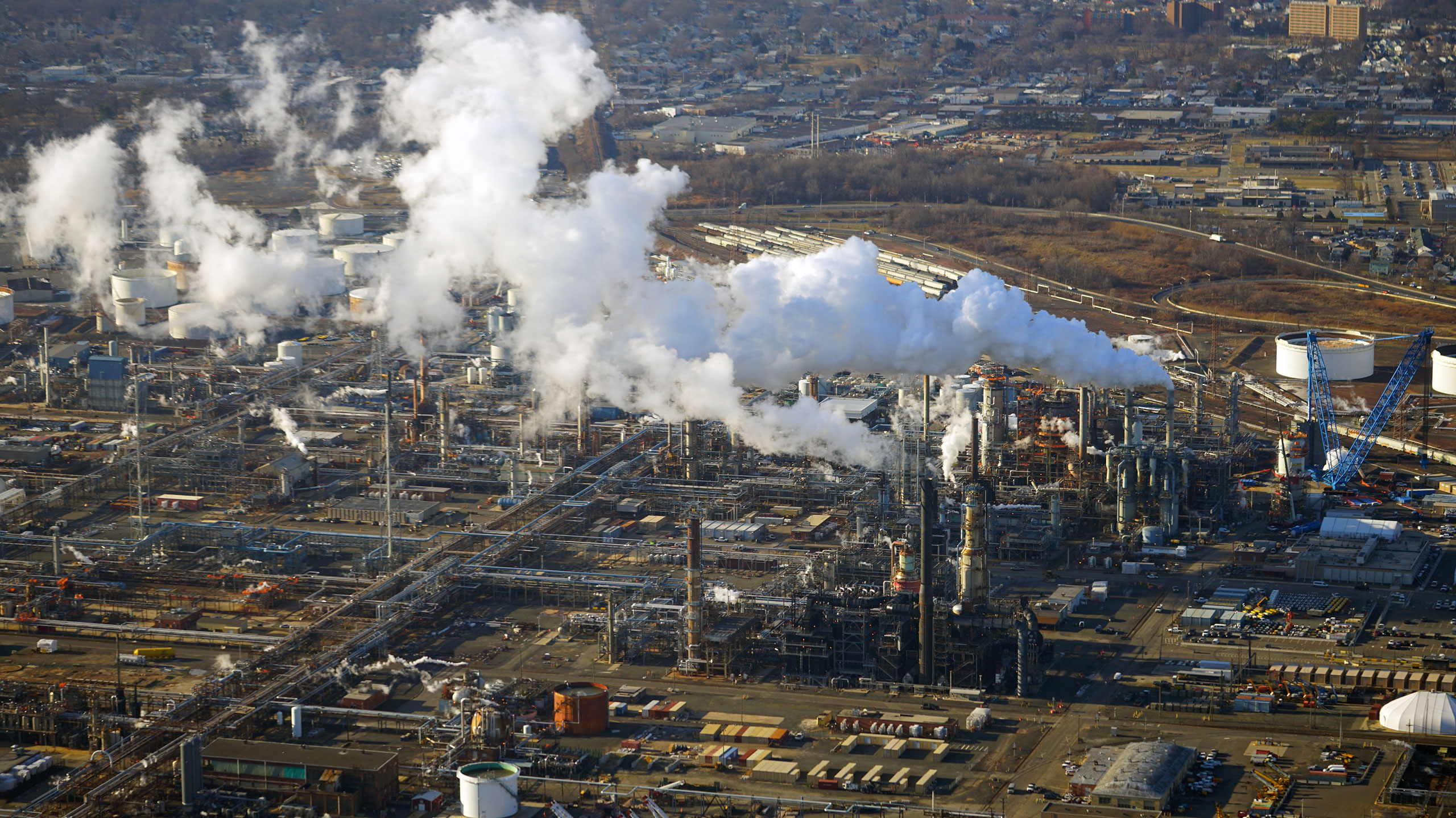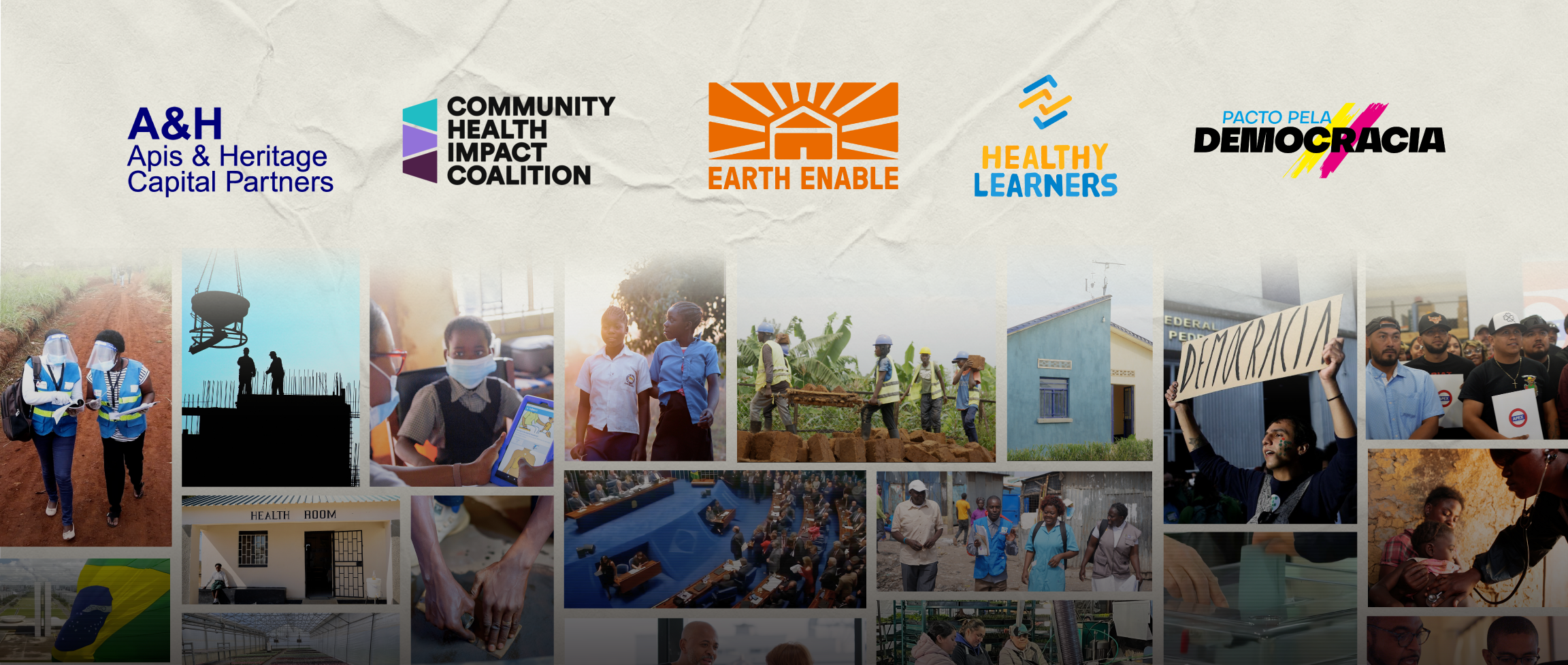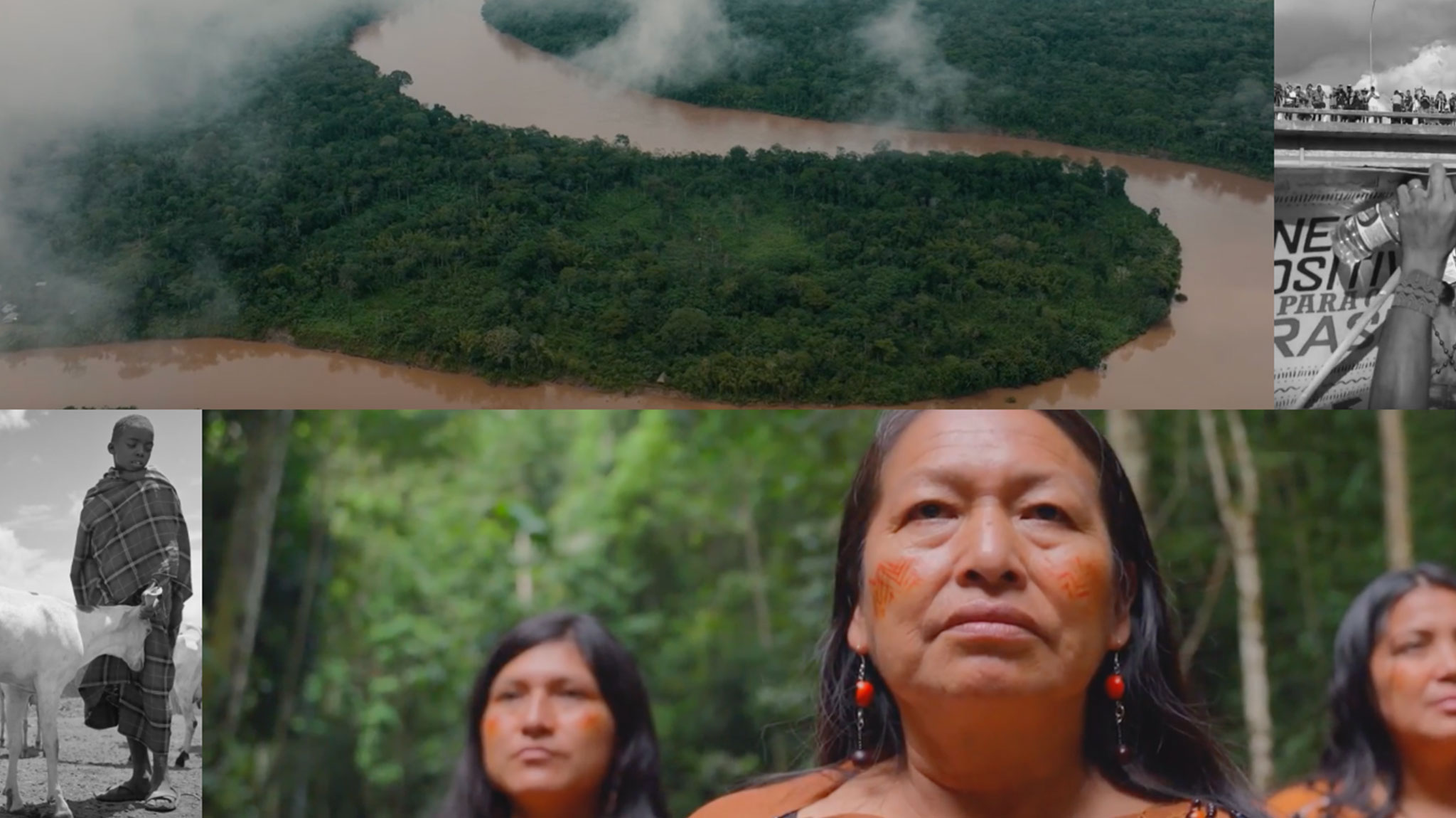Connecting Corporate Sustainability and Environmental Justice to Build a Clean and Sustainable Future
We have spent decades working to build a clean and sustainable future. It took us too long to realize environmental justice must be at the heart of our effort.
“We need everybody who is able to join this cause.”
This is surely a familiar sentiment for anybody who works in advocacy. For years, it drove my thinking while working at Ceres, an organization that works with leading companies and investors to take on the most pressing sustainability challenges of our time. By fighting the climate crisis, protecting our water resources, and acting to build a more sustainable clean energy economy, it’s felt easy to take a lot of pride in this work.
But this sense of pride can also create blind spots.
I had been so secure in the knowledge that I was on the right side of history that it was hard to see the gaps in my own thinking. Even as I called on everybody to join our cause, I too often was not hearing the voices of those who for a very long time had wanted me to join theirs—the cause of environmental justice.
Environmental justice is the fight of the people, families, neighborhoods, and communities who have for too long endured the worst pollution from highways, ports, landfills, heavy industry, and other dirty facilities and infrastructure. These communities are severely threatened by both the public health challenges of the pollution in their backyard and the future climate horrors that pollution across the globe will unleash—especially if they are not prioritized with the investments and resources to help them adapt to a changing climate.
The uneven effects of the pandemic, the murder of George Floyd, the increasing severity of the climate crisis, and the growing threats to democracy have forced me and many others to reevaluate my own world view in recent years. Working in sustainability policy, this renewed focus on equity and justice has inspired me to dedicate myself to the very causes I once marginalized—to understand that confronting the climate crisis requires us to redress the wrongs of the past by building healthy and thriving communities on the principles of environmental and climate justice.
As daunting as it has been to take on new challenges, it has been reinvigorating to realize how many more allies we have in this struggle, if only we are willing to listen. And, more importantly, to realize how many people for whom I can be an ally by joining their movement.
That’s why Ceres is now actively tracking and acting upon environmental and climate justice initiatives in states across the country, as we explore ways to link corporate sustainability to this vital movement. As company stakeholders—including investors, employees, and the communities where they operate—lead a charge for more socially responsible and inclusive economies, businesses have an opportunity to become champions for the equitable and just policies overburdened communities need.
We still have a lot to learn and a lot of work to do to expand our advocacy in this area. But here are some of the initiatives we are most excited to support.
Government for and by all
To address environmental injustices, states must work to ensure environmental justice is built into the structures, bureaucracy, goals, and functions of government. Legislation should specifically define environmental justice communities in law based on criteria including pollution rates, income, and racial and other demographic data. Resources—financial and otherwise—should then be dedicated to these places. For example, New York recently pledged 35 percent of its investments to frontline communities. This kind of commitment makes it especially important for state law to concretely define environmental justice communities, so that the recipients of these dedicated resources do not change on the whims of any new administration.
Personnel is also critical to building an environmental justice bureaucracy. We are heartened to see states increasingly hiring staff and high-ranking officials across multiple agencies with expertise in, and a direct focus on, these issues. We also support the creation of non-staff advisory boards comprised of representatives of environmental justice communities to help guide policy—but only if they are structured appropriately. To fully benefit frontline communities, advisory bodies must be widely accessible to the public, with resources like staffing support and the level of decision-making and enforcement authority that ensures these communities have a real voice in setting policy.
Not just carbon pollution
Many of the same causes of the climate crisis—roadways, ports, landfills, mines, and industrial plants—are also major threats to public health. In addition to planet-warming greenhouse gases, they also spew sulfur oxide, nitrogen oxide, particulate matter, and other dangerous pollutants into the disproportionately low-income and marginalized communities nearby, causing increased rates of heart and lung disease, worsening water quality and availability, and killing local ecosystems. To take the burden off these communities, which are often communities of color, officials weighing whether to approve a new facility or project must holistically consider the long-term and cumulative pollution the surrounding community has historically felt.
We are also pursuing policies to reduce pollution from existing facilities and infrastructure. That’s why we are supporting the multistate adoption of the Advanced Clean Trucks Rule to accelerate the electrification of large vans and trucks and reduce pollution in the neighborhoods most severely affected by nearby highways and freight centers. This policy push comes amid significant corporate interest in electric fleets, providing an acute demonstration of the ways business and environmental justice interests often align.
A just and equitable transition
A shift to a just and equitable clean energy future is going to require significant changes to the way we power our economy and large-scale investments across the country. These investments will create job opportunities which should be directed to the communities that face the greatest environmental burdens—including those frontline communities that are economically dependent on the polluting industries currently harming their communities.
Workforce development programs, for example, offer both high-quality and meaningful employment opportunities—including well-paying jobs that don’t require a college degree—to historically disadvantaged and environmentally overburdened communities. Community benefit agreements, minority business development initiatives, and project labor agreements that include prevailing wage commitments are other important tools to give frontline communities a voice while prioritizing social equity in clean energy projects, ensuring a just and equitable transition to a prosperous carbon-free economy that benefits all.



